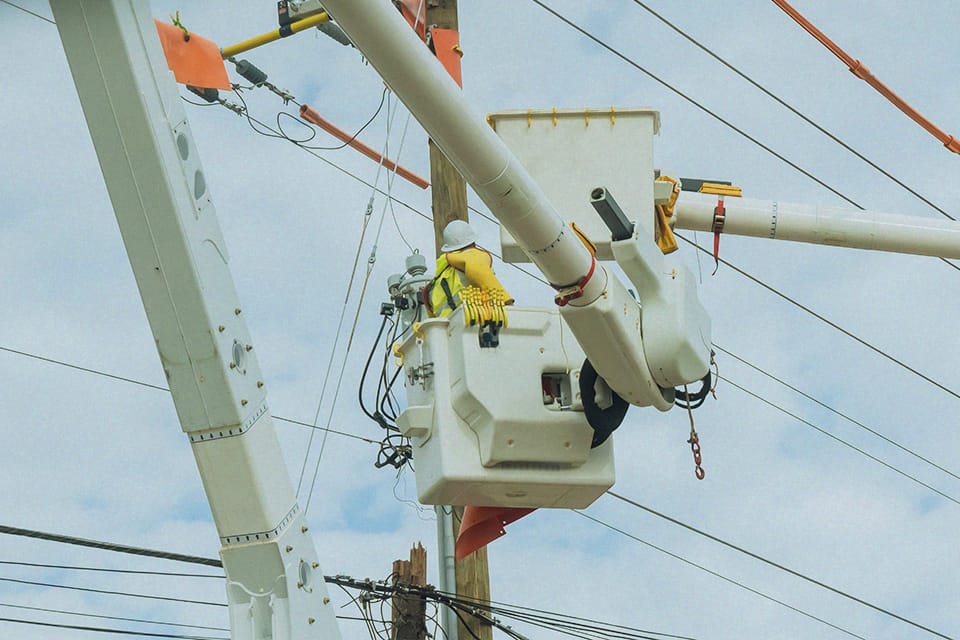
Mental Health Monitoring: Beyond the Checkboxes | Risk Matrix Episode 121
THE RISK MATRIX Cutting-edge podcast on occupational safety and risk management. Hosted by industry titans: JAMES JUNKIN, MS, CSP, MSP,…

The utilities sector outlook is on the cusp of significant transformation, driven by various factors including climate change, technological advancements, and evolving customer expectations.
This article explores key trends shaping the utilities sector outlook for 2025. It focuses on digital transformation and workforce challenges, which can help companies meet the growing demand.
As utilities rely more on contractors for critical operations, managing contractor risk is essential.
According to James Junkin, CEO of Mariner-Gulf Consulting & Services, “Given the intricate and safety-sensitive nature of utility operations, effective management of contractor risks is not just necessary; it is vital for safeguarding public safety, regulatory compliance, and the company’s reputation.”
Digital transformation is crucial in this area, enabling insights, automation, and improved collaboration.
By embracing digital advancements, utilities enhance safety, improve compliance, and reduce financial risks from contractor-related incidents. This strengthens the utilities sector outlook and overall operational efficiency.
The integration of DERs, such as solar panels and wind turbines, is rapidly reshaping the energy landscape.
The successful integration of DERs will shape the utilities sector outlook, improving reliability, sustainability, and consumer empowerment.
Environmental sustainability is a top priority for utilities and their customers.
A strong sustainability commitment enhances reputation, attracts eco-conscious customers, and positively impacts both people and the planet.
Customer expectations are evolving, shifting toward reliability, affordability, and customer service.
Meeting these evolving customer expectations is critical for the long-term success of the utilities sector.
The utilities sector is facing a skills gap, requiring a highly skilled workforce to address the challenges of the future.
A skilled workforce is essential for navigating the future and ensuring the utilities sector outlook remains strong.
The utilities sector outlook for 2025 will be characterized by significant transformation. By embracing digital transformation, integrating DERs, prioritizing sustainability, and meeting evolving customer expectations, utilities can navigate these challenges and ensure a sustainable and reliable energy future.
By partnering with Veriforce, utilities can enhance their contractor risk management programs, improve safety outcomes, and strengthen their position in the evolving utilities sector.
Contact Veriforce today to learn more about how we have helped utility companies take their operations to the next level.


THE RISK MATRIX Cutting-edge podcast on occupational safety and risk management. Hosted by industry titans: JAMES JUNKIN, MS, CSP, MSP,…
We’ll send you practical and insightful supply chain risk management info that can benefit your business. Plus, important company updates that keep you in the loop.
